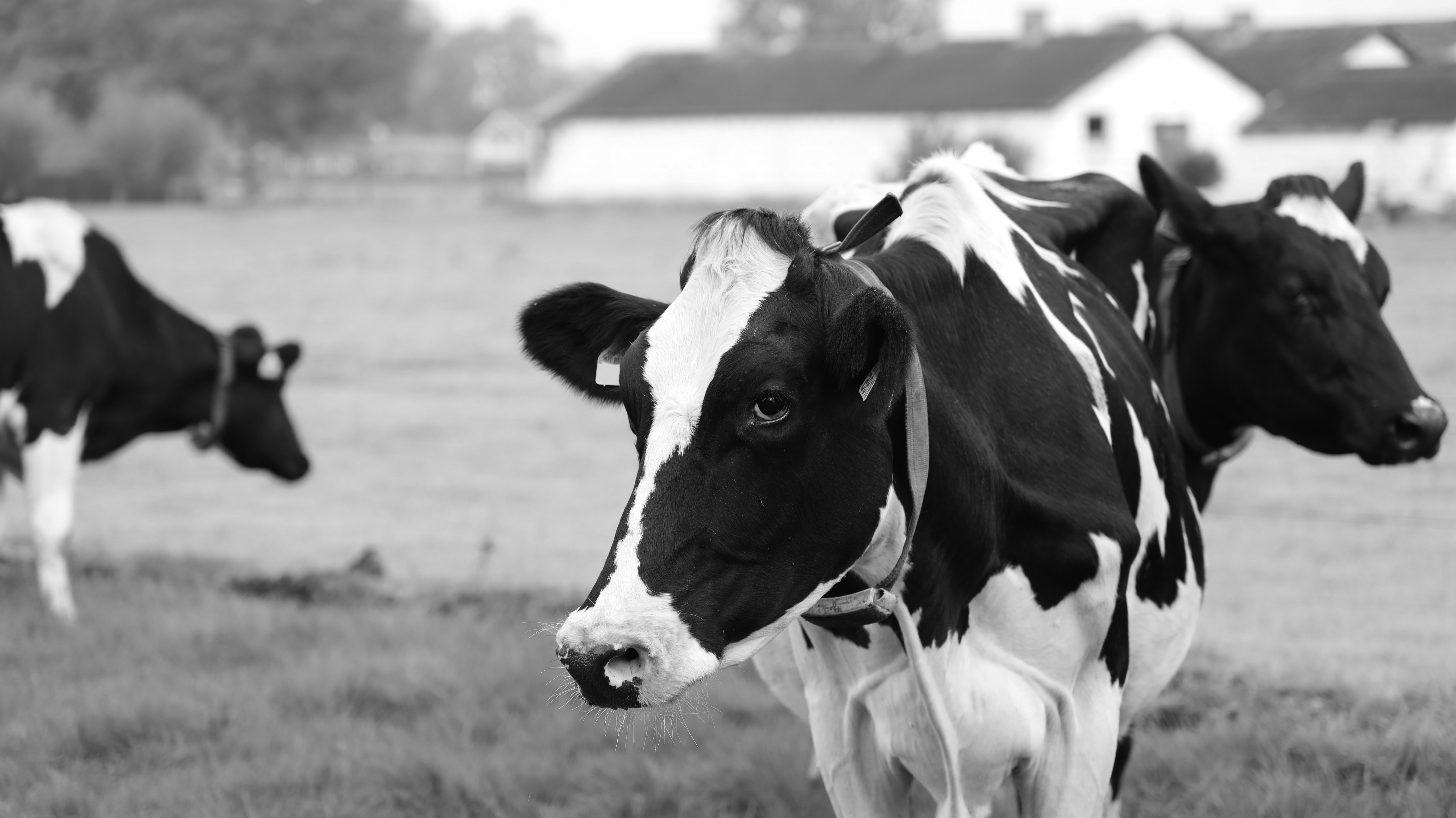
In recent years, the dairy farming community has gained valuable insights into the "High Fertility Cycle." This ideology revolves around optimizing both fertility and the entire lactation cycle to improve overall herd health, productivity and sustainability.
One of the main ideas of the high fertility cycle is that lactation periods should not be excessively long with cows back in calf ideally within 120 days. By maintaining these shorter lactation cycles, we can significantly reduce the fluctuations in body condition that a cow experiences during her transition period. Keeping her overall healthier. The cow does not get fat reducing the risk of metabolic health problems.

Implementing the High Fertility Cycle offers several key benefits:
Dairy farmers can achieve a higher fertility cycle by getting cows back in calve at about 120 days. Meaning, not waiting too long for the first insemination. The body condition score should be monitored throughout the lactation cycle and special attention needs to be given to ensure cows are not experiencing metabolic health issues after calving.
By embracing these practices, dairy farmers can not only improve the health and productivity of their herds but also enhance the sustainability and profitability of their operations.
Here is a video by our vet specialising in bovine health explaining the high fertility cycle and giving tips on how to attain it.